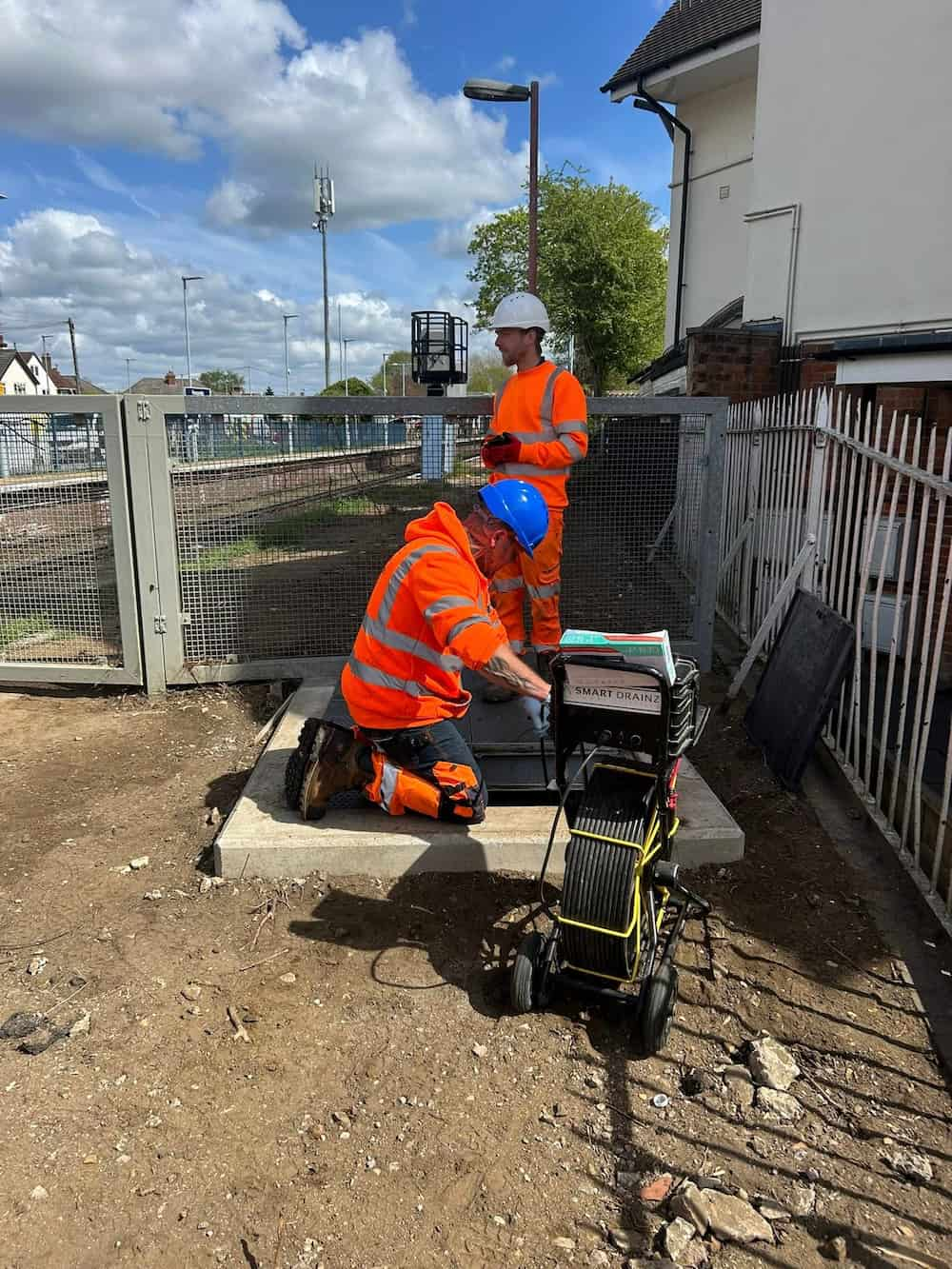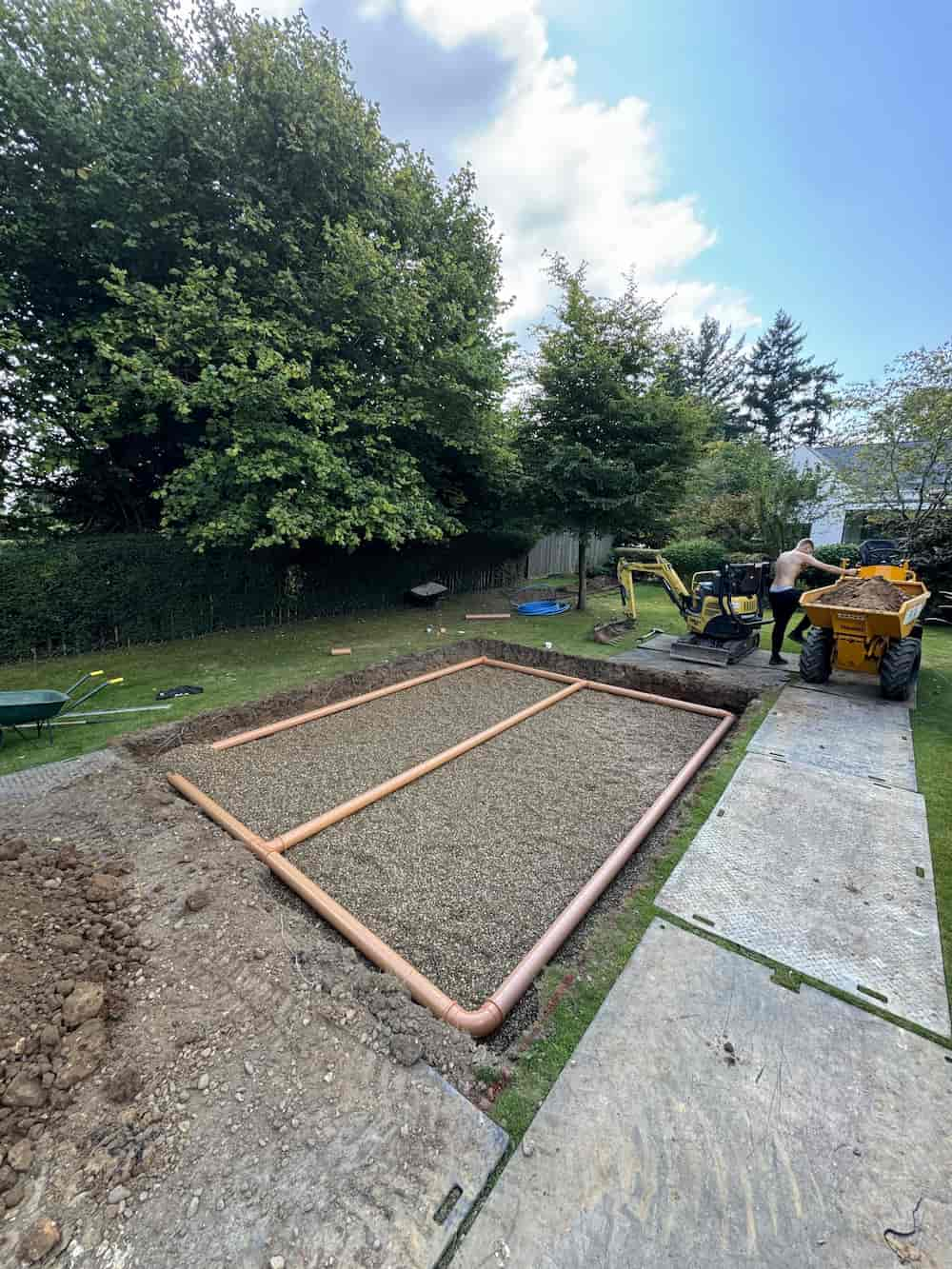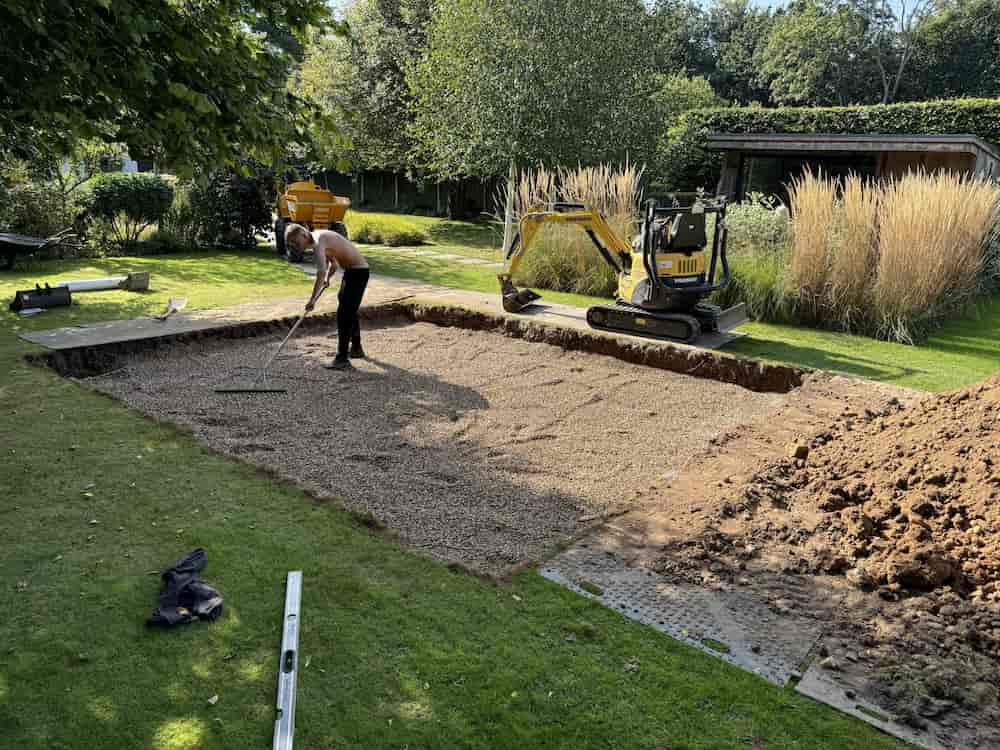
Drainage Installations in the New Forest
Smart Drainz provides professional drainage installations throughout the New Forest and across the South of England. Our skilled team delivers reliable systems for homes and businesses, ensuring long-lasting performance and protecting your property from future drainage issues with expert installation and trusted service.
For Drainage Installations anywhere in the South of England, call Smart Drainz on 03332 027129!
For Drainage Installations anywhere in the South of England, call Smart Drainz on 03332 027129!
For Drainage Installations anywhere in the South of England, call Smart Drainz on 03332 027129!
For Drainage Installations anywhere in the South of England, call Smart Drainz on 03332 027129!
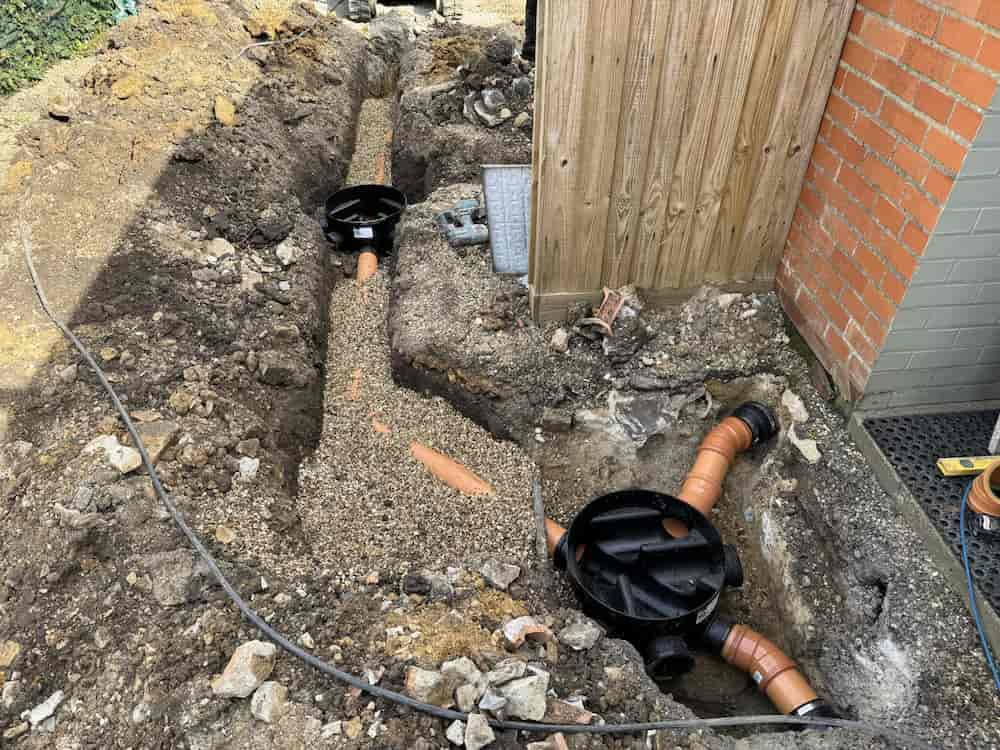
- Smart Drainz -
A Guide to Retrofitting Non-Compliant Drainage Systems
With increasing scrutiny over wastewater discharge and environmental protection, many homeowners and property managers across the New Forest are discovering that their ageing drainage systems no longer meet current standards. Whether triggered by a failed percolation test, sale-related pre-purchase surveys, or enforcement from the Environment Agency, non-compliant systems present both legal and environmental liabilities.
Updating these systems requires a structured approach to testing, specification, and new drainage installations, all in accordance with the General Binding Rules, BS EN 12566/BS 6297, and, where required, valid Environmental Agency Discharge Permits. Achieving full compliance is not optional; it is a statutory obligation with real consequences for those who fail to comply.
Identifying Non-Compliant Drainage Systems
Non-compliant drainage systems are typically those installed before the introduction or revision of relevant legislation. Common examples include older septic tanks that discharge directly to a watercourse, or soakaway systems situated too close to buildings or boreholes. Many of these systems predate the 2015 revisions to the General Binding Rules, which now prohibit discharge to surface water from septic tanks and mandate stringent distance, construction, and maintenance criteria.
Key signs of non-compliance include:
- Septic tank discharging to a ditch, stream, or river
- Foul odours or visible effluent at ground level
- No documented system specification or maintenance records
- Soakaway failures or slow-draining foul appliances
- Failed or undocumented percolation test results
For homeowners in the New Forest, these red flags are not uncommon due to the age of many rural properties and the sensitive status of surrounding catchments. Pre-purchase surveys in particular often bring these issues to light, prompting urgent remedial action.
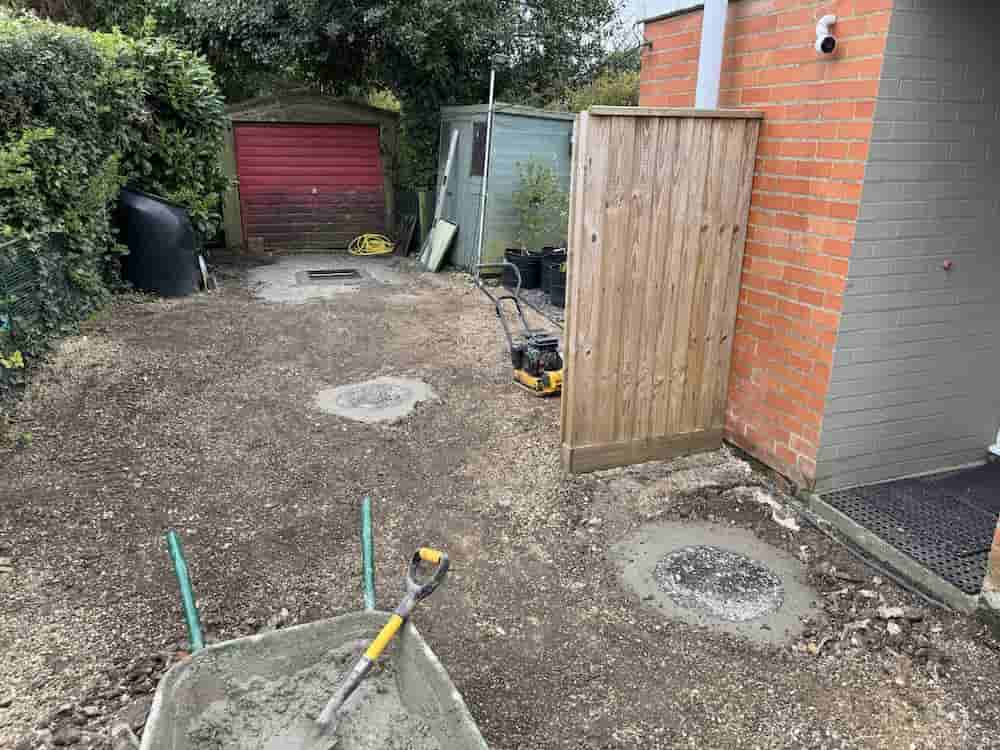
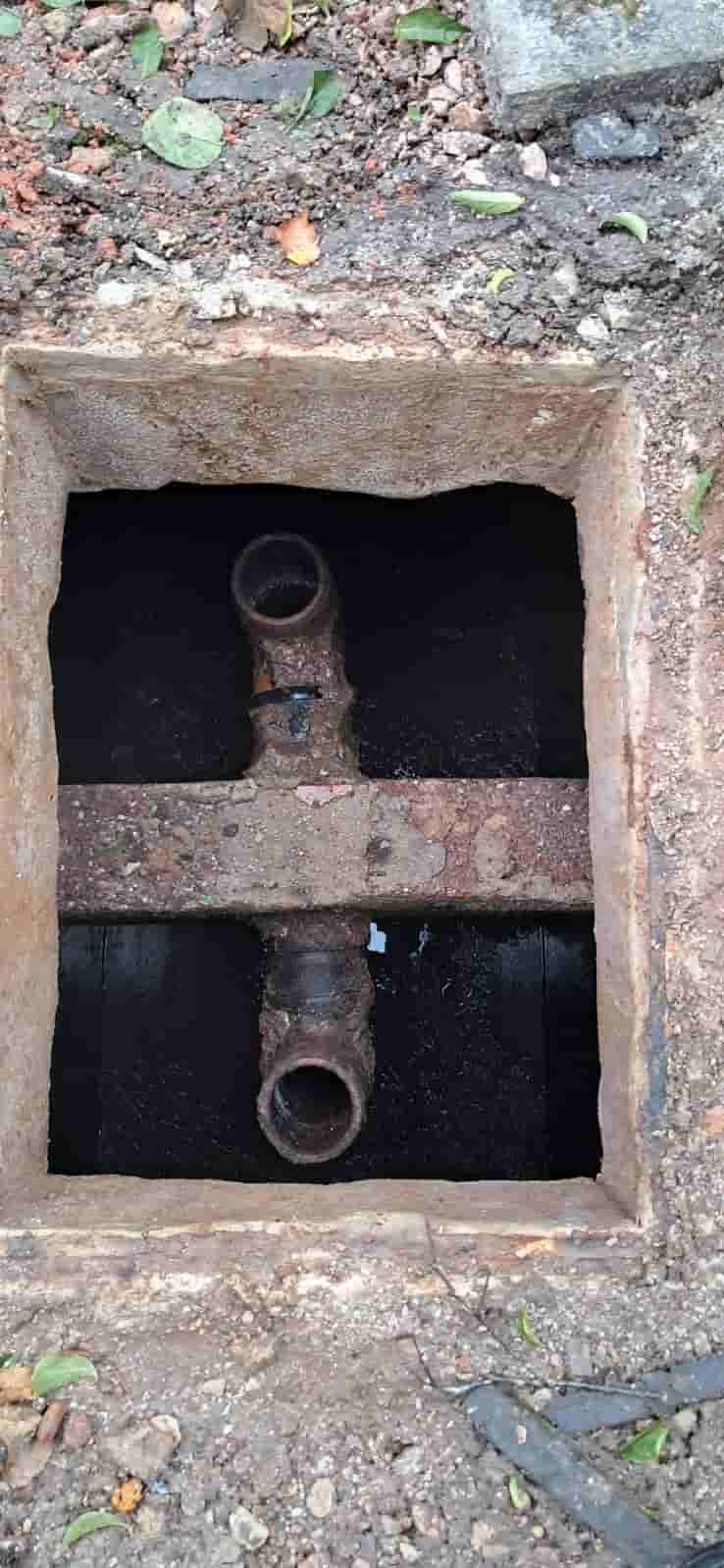
Legal Obligations Under the General Binding Rules
The General Binding Rules apply to small sewage discharges from septic tanks and package treatment plants in England. These rules, updated in 2020, stipulate that all discharges to ground must be via a drainage field designed and installed to BS 6297:2007. Discharges to surface water are only permitted from a package treatment plant, and only if effluent quality and distance requirements are met—or if a formal Environmental Agency Discharge Permit has been issued.
A system may breach the rules if:
- The discharge method is no longer permitted (e.g., direct to surface water from a septic tank)
- The discharge point is too close to a building, borehole, or boundary
- There is pollution or nuisance caused by the system
- The treatment plant fails to meet the required effluent standards
In such cases, property owners are legally required to upgrade or replace the system—typically within a defined enforcement timeframe.



